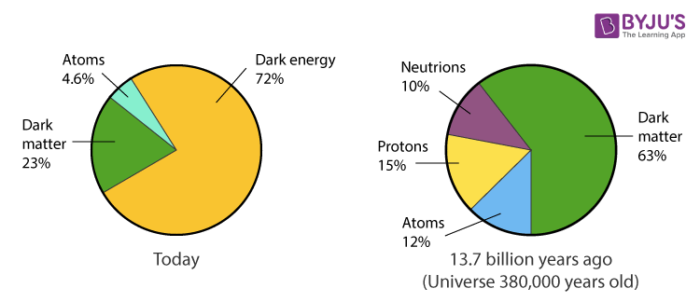Introduction
Every day we handle many substances which are chemicals, and we even consume them. Table salt (NaCl), sugar, and vinegar are a few chemical substances used in our daily routine. Therefore, to have a clear understanding, one must know what exactly a chemical means and its composition.
What is Chemical Composition?
Chemical composition can be defined as the arrangement, ratio, and type of atoms in molecules of chemical substances. The chemical composition will vary when chemicals react. For example, when hydrogen combines with oxygen, water is produced. The chemical composition of water (H2O) in different from combining elements(H2 and O2). That is when the ratio of the substance changes or when chemical changes occur in the chemicals.
It is the chemical composition of a substance that determines the properties of the substance. Two substances may have similar chemical composition, but need not have the same properties because of different arrangements of constituent particles in them.
For example, two crystalline allotropes of carbon are diamond and graphite. these have different arrangements of carbon atoms because which properties of diamond are different from the properties of graphite. Diamond is transparent, poor conductor and extremely hard whereas graphite is opaque, good conductor and soft.
Chemical Composition of Substances
Any substance which has a clear and specific chemical composition and structure is known as a chemical. Chemicals exist in a range of states i.e. they can be either solid or liquid. They can change their state influenced by certain factors like pressure, temperature etc.
The chemist Joseph Proust paved the foundation of modern chemistry known as the Law of constant composition. A chemical substance has a fixed composition. According to Proust’s inference, “All samples of a compound have the same composition; i.e., all samples have the same proportion, by mass, of the elements present in the compound”. For instance, water is a chemical compound made up of two elements hydrogen (H) and oxygen (O) in a definite ratio. The purified water samples from a bore-well and a sea will also have the same compositions in the same ratio.

Atom is the basic unit of chemical substances which consists of subatomic particles such as electrons, neutrons, and protons. An element is a pure substance made up of only one type of atoms. These can’t be fragmented by simple or ordinary processes. Metals, non-metals, and metalloids are three classifications of elements. Physical properties, chemical properties, and stability are a few criteria for the classification. When elements combine in a fixed ratio, compounds are formed. The properties of compounds are entirely different from the properties of combining elements because their chemical composition is different. So whenever there is a chemical reaction, the composition of the substances changes resulting in the formation of new substances with different compositions. The detailed study of chemical composition gives the overall idea of a particular reaction, the condition for the reaction to occur between different reactants and the yields of those reactions.
As we have seen, chemical substances have a fixed composition; they also have a chemical name and formulae based on their composition. Chemists follow the International Union of Pure and Applied Chemistry (IUPAC) or the Chemical Abstracts Service (CAS) rules for naming a compound. On certain occasions, chemical compounds obtained have mixed impurities. A purification process might be either a physical or a chemical process.
Stay tuned with BYJU’S to learn more interesting topics in Chemistry. Also, get various engaging and interactive video lessons to learn more effectively.


Comments